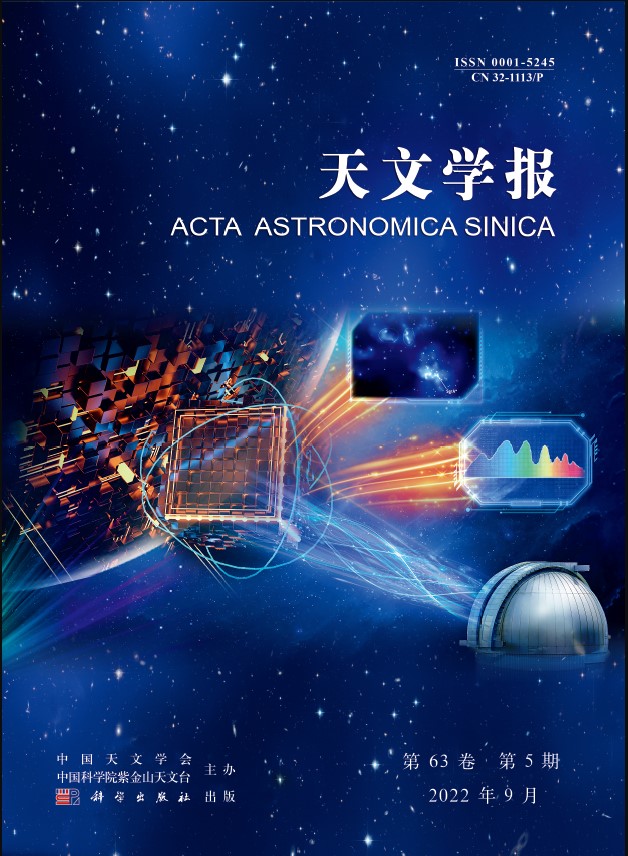Astronomy is an observing discipline, and its development is driven by the development of observation technology and instruments. The development of astronomy also continues to put forward new requirements for observing instruments. Since the development of astronomy, the requirements for observing instruments have gradually moved to the extreme, which has brought great challenges to the existing astronomical optics technology in terms of cost and difficulty.
In order to meet the above-mentioned challenges, new principles and new technologies have become the inherent needs of the next generation of astronomical optics technology and observation instruments. In recent years, the development of integrated photonics has brought new opportunities for the development of astronomical optics technology. Therefore, a new interdisciplinary, which is called astrophotonics, can provide astronomical observations with low cost, high stability and high integration.
He Jinping, a professor from the Nanjing Institute of Astronomical Optics &Technology, CAS, is invited by the Astronomical Journal to write the article "Research Status and Application Prospects of Astrophotonics", which is the cover article of the current period (as shown in Figure 1), and the English version is published in 'Chinese Astronomy and Astrophysics'. This is the first review paper in the field of astrophotonics in China.

Figure 1 the cover of ‘Astronomical Journal’ - Astrophotonics Chip
Firstly, the paper introduces the application and research status of integrated photonics in astronomical spectroscopy, telescope imaging technology and other related technologies, including Integrated Photonic Spectrographs, Photonic Combs, Photonic Lanterns, Bragg Grating, Pupil Remappers, Beam Combiner/Interferometer and other technologies, devices and instruments.
Then it summarizes the main challenges of astrophotonics, such as the difficulty of meeting the extreme parameter requirements of astronomical observation for instruments, especially in accuracy, mode, bandwidth, etc. Finally, the author gives a brief outlook on the development trend of astrophotonics, and believes that there is great prospects for development in new principle devices, visible and mid infrared devices, large-scale multi-function integration, etc.
Astrophotonics is still in the primary stage of development, but as the cornerstone of the next generation of astronomical observation technology and instruments, its prospects are foreseeable. With the deepening of research and the continuous development of integrated photonics, realizing full-integrated astronomical observation instruments it is only a matter of time.
Paper website:https://doi.org/10.1016/j.chinastron.2023.03.008